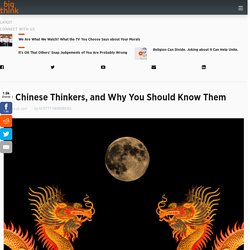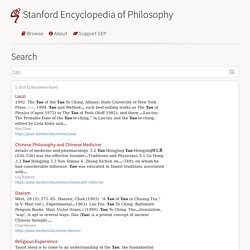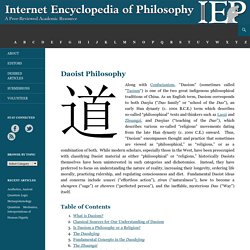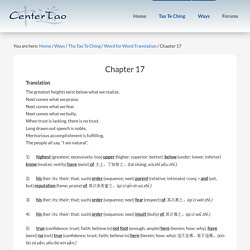

Blog » Blog Archive » A Better “Save to Zotero” Button in Chrome. It’s now easier than ever to save webpages and PDFs from Google Chrome to Zotero.

(Note: If you use Firefox, you already have these features. If you use Safari, stay tuned — you’ll be getting the same features soon.) Previously, when Zotero’s Chrome extension found high-quality data to save on a webpage, it would display an icon in the Chrome address bar. For webpages where it couldn’t detect any data, you could right-click on the page and choose “Save Page to Zotero” to add a basic webpage item and snapshot to Zotero. In the latest version of the Chrome extension, it’s now possible to save any page to Zotero with a new, permanent button in the Chrome toolbar: When high-quality data is available, the new button will show the same icon as before: newspaper, journal article, folder, etc. In addition to combining the existing save functionality into a single button, the updated Chrome extension adds two new features previously available only in Firefox: Taoism. Use Zotero for Archival Research - Zotero for Archival Research. Each item in your Zotero library has Fields.These fields provide information about the item that Zotero uses to create citations.

This cheat-sheet shows how to use fields so that Zotero creates accurate citation information for archival materials. Field title Best use Title Document or material title Author Author of document or material Abstract Can use for brief notes if desired Date Date of document or material Language Language of document or material URL Finding aid / Catalog record URL Accessed No suggested use. Creating Bibliographies - Zotero - GSU Library Research Guides at Georgia State University. Chicago: Author-Date - Citing Your Sources - Research Guides at Williams College Libraries. Note: The Chicago Manual of Style does not provide many examples of citations for media in the author-date style.

The examples below modify the format used in the notes/bibliography style, moving the year to the second position. While you should always cite the format you used, the original date of the work, if known, should be privileged in the citation. 10 Chinese Thinkers, and Why You Should Know Them. The world’s most populous country is home to some of the world’s most interesting philosophical traditions.

Going hand in hand with the world’s longest continuous history is an unbroken chain of thought that blends and complements opposing schools to create fascinating, beautiful, and practical approaches to life.Here is a list of ten of the greatest, most influential thinkers in Chinese history. Some you will have heard of, others... not so much. All of them are worth your time, and your study. 1. Lao Tzu (6th to 5th century BCE) Search (Stanford Encyclopedia of Philosophy) 1–10 of 32 documents found 1992.

The Tao of the Tao Te Ching, Albany: State University of New York Press. –––, 1994. Tao and Method... such best-selling works as The Tao of Physics (Capra 1975) or The Tao of Pooh (Hoff 1982); and there ...Lao-tzu: The Probable Date of the Tao-te-ching,” in Lao-tzu and the Tao-te-ching, edited by Livia Kohn and... Alan Chan details of medicine and pharmacology. 3.2 Tao Hongjing Tao Hongjing陶弘景 (456–536) was the effective founder...Traditions and Physicians 3.1 Ge Hong 3.2 Tao Hongjing 3.3 Sun Simiao 4. The Tao of History – Engaging in online public discourse about digital history.
Lao Tzu: "Tao Te Ching" (170+ translations of Chapter 1) Taoism - Resources. The Center of Traditional Taoist Studies. Men who possess my Tao are princes in this life and rulers in the hereafter. — Chuang Tzu Lao Tzu is the founder of Taoism in 500 BC.

Taoism is both a religion and philosophy with roots extending to ancient shamanism. It is codified in the Tao Te Ching, history's second most translated book after Christianity's Holy Bible. Its eighty-one poems were written in 500BC by the Sage, Lao Tzu. Interest in the Tao Te Ching has remained largely unfulfilled due to its mysterious interpretations, often contradictory and sometimes bizarre. Grand Master Anatole explains Taoism Basic Principles. Daoist Philosophy. Along with Confucianism, “Daoism” (sometimes called “Taoism“) is one of the two great indigenous philosophical traditions of China.

As an English term, Daoism corresponds to both Daojia (“Dao family” or “school of the Dao”), an early Han dynasty (c. 100s B.C.E.) term which describes so-called “philosophical” texts and thinkers such as Laozi and Zhuangzi, and Daojiao (“teaching of the Dao”), which describes various so-called “religious” movements dating from the late Han dynasty (c. 100s C.E.) onward. Thus, “Daoism” encompasses thought and practice that sometimes are viewed as “philosophical,” as “religious,” or as a combination of both. While modern scholars, especially those in the West, have been preoccupied with classifying Daoist material as either “philosophical” or “religious,” historically Daoists themselves have been uninterested in such categories and dichotomies.
Chapter 17. Translation The greatest heights exist below what we realize, Next comes what we praise.

Next comes what we fear. Next comes what we bully. When trust is lacking, there is no trust. Long drawn out speech is noble, Meritorious accomplishment is fulfilling, The people all say, “I am natural”.